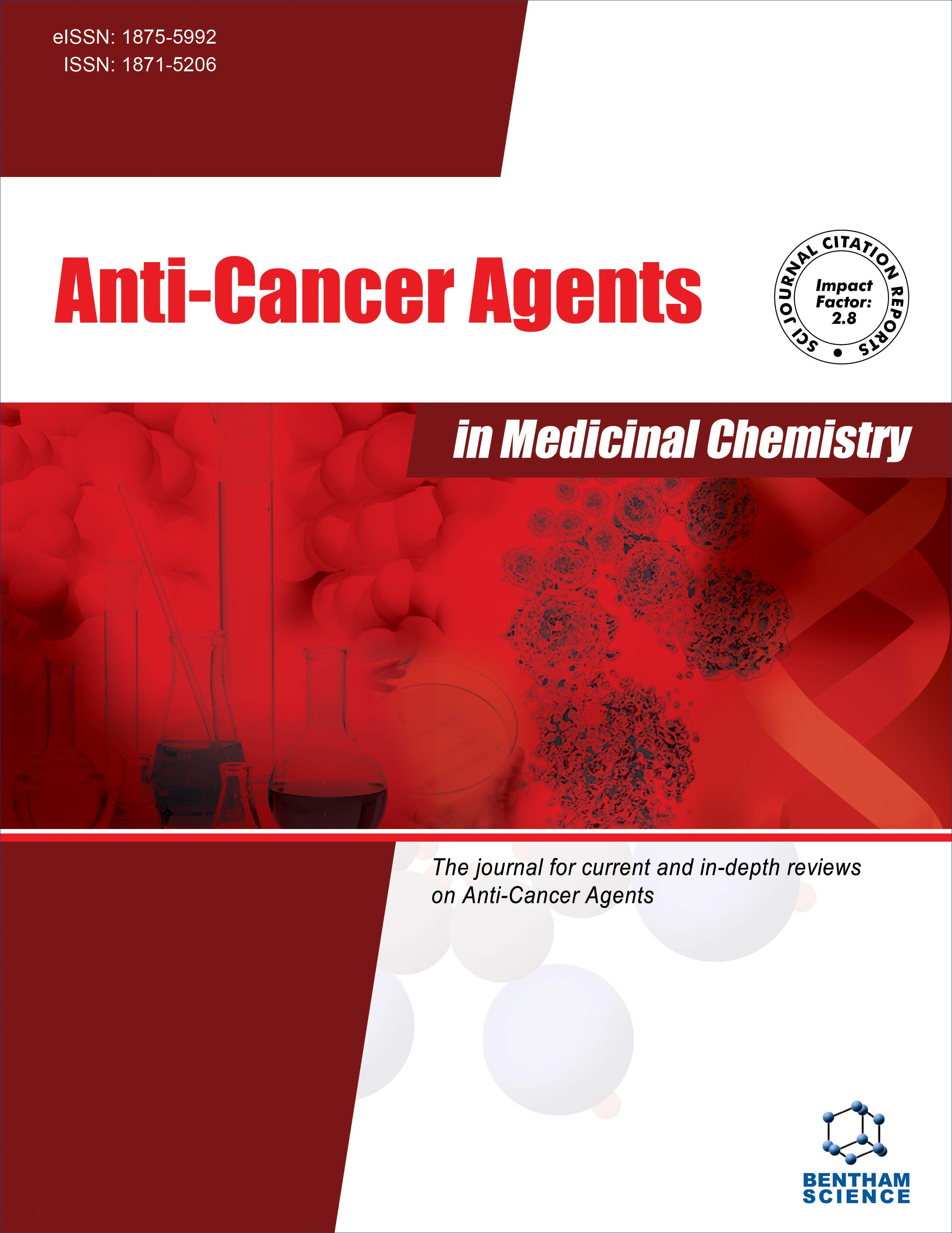
Full text loading...
This study aimed to assess the effects of AEO in an in vitro model of cell lines derived from cervical cancer-namely, HeLa and SiHa-by screening for AEO’s cytotoxic properties and examining its influence on the modulation of gene expression.
Cervical cancer stands as a prevalent global health concern, affecting millions of women worldwide. The current treatment modalities encompass surgery, radiation, and chemotherapy, but significant limitations and adverse effects constrain their effectiveness. Therefore, exploring novel treatments that offer enhanced efficacy and reduced side effects is imperative. Arborvitae essential oil, extracted from Thuja plicata, has garnered attention for its antimicrobial, anti-inflammatory, immunomodulatory, and tissue-remodeling properties; however, its potential in treating cervical cancer remains uncharted.
The objective of this study was to delve into the molecular mechanisms induced by arborvitae essential oil in order to learn about its anticancer effects on cervical cancer cell lines.
The methods used in this study were assessments of cell viability using WST-1 and annexin V–propidium iodide, mRNA sequencing, and subsequent bioinformatics analysis.
The findings unveiled a dose-dependent cytotoxic effect of arborvitae essential oil on both HeLa and SiHa cell lines. Minor effects were observed only at very low doses in the HaCaT non-tumorigenic human keratinocyte cells. RNA-Seq bioinformatics analysis revealed the regulatory impact of arborvitae essential oil on genes enriched in the following pathways: proteasome, adherens junctions, nucleocytoplasmic transport, cell cycle, proteoglycans in cancer, protein processing in the endoplasmic reticulum, ribosome, spliceosome, mitophagy, cellular senescence, and viral carcinogenesis, among others, in both cell lines. It is worth noting that the ribosome and spliceosome KEGG pathways are the most significantly enriched pathways in HeLa and SiHa cells.
Arborvitae essential oil shows potential as a cytotoxic and antiproliferative agent against cervical cancer cells, exerting its cytotoxic properties by regulating many KEGG pathways.

Article metrics loading...

Full text loading...
References


Data & Media loading...

